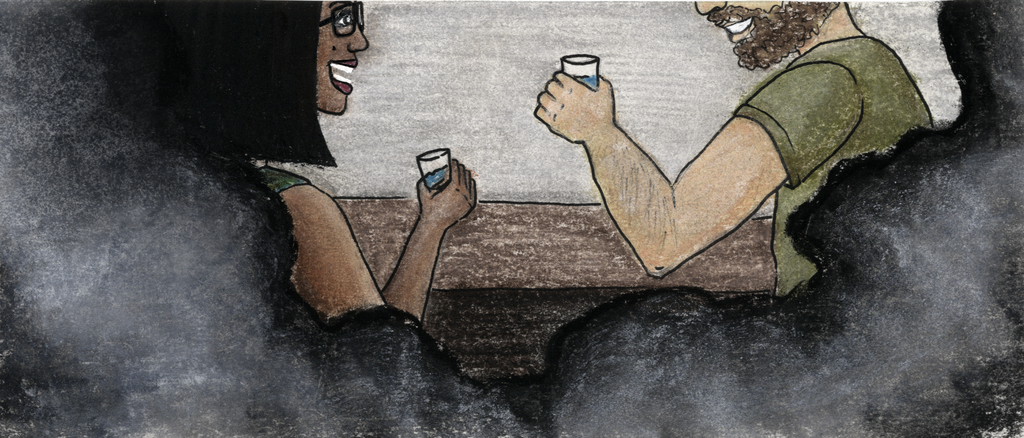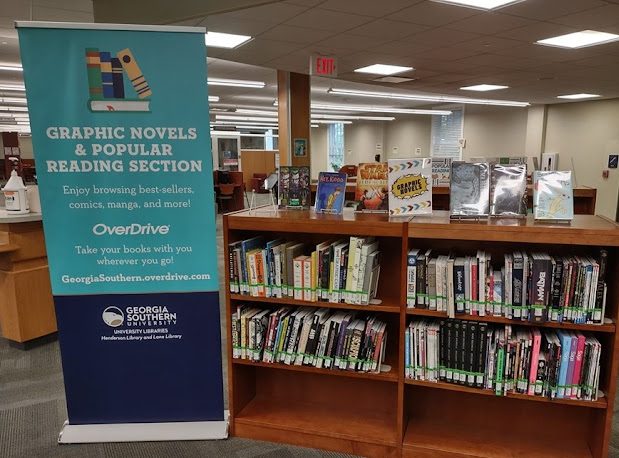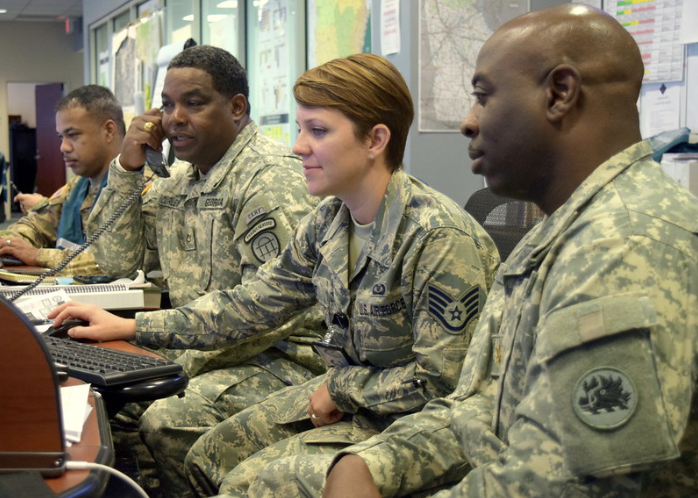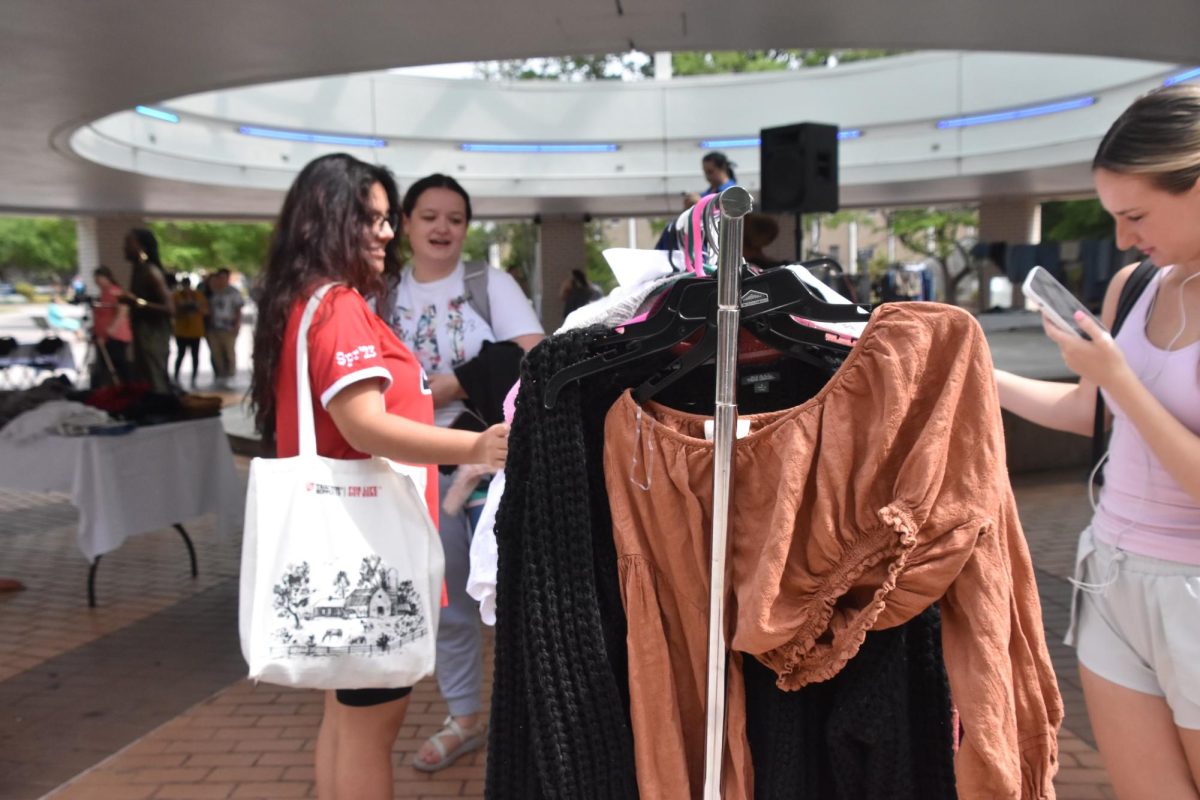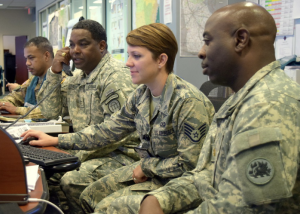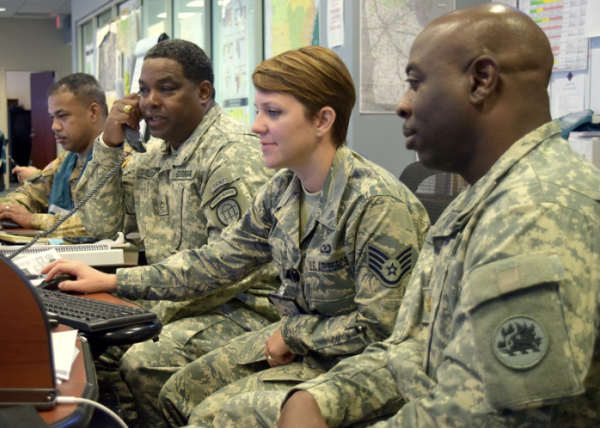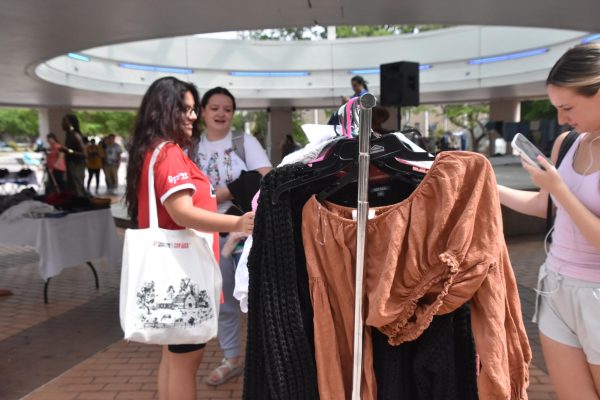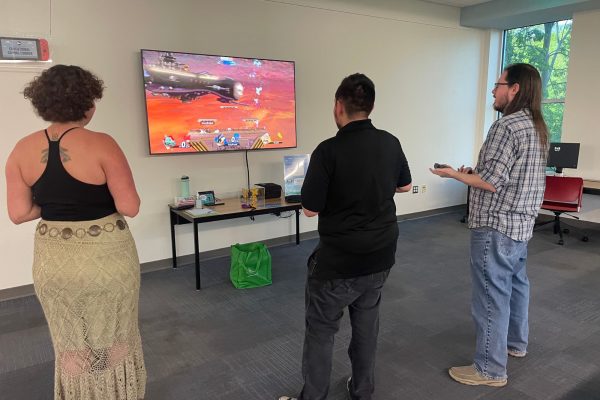Sexual Assault in our community: Why students don’t report it and what happens after
September 1, 2015
One too many drinks into a long night to come, Ashley was hurried out of a Statesboro bar by two men she thought she knew.
Ashley, a 21-year-old Georgia Southern University student, was one week past a hard break up with her longtime boyfriend and was making her first attempt to climb back into a social life.
“I said to myself, ‘Fine, I’ll get out of my room and stop being sad,’ and I just went along, didn’t really think anything of it,” Ashley said.
Ashley was accompanied by two other men, both GSU students themselves, one a senior and one a graduate student, who urged Ashley to go out and get over her ex. Ashley knew one of them for about two years and the other a few months.
“I made it extremely clear to both of them beforehand that I was not interested in anyone, I just wanted to get out and stop being sad,” she said.
After a long night of drinking, the two men gathered Ashley and escorted her back to one of their vehicles and whisked her away from the bar. They told Ashley they were going back to their apartment to hang out and unwind. She agreed.
When the short ride was over and they drunkenly waddled into the apartment, the two men took Ashley’s wallet, keys and phone from her.
Ashley, quite inebriated herself, did not think much of it at first, perhaps it was a preliminary measure to prevent her driving home drunk.
Later into the night she asked for a cup of water and one of the men jokingly demanded she flash them both to get a cup of water.
Ashley, still calm, denied the men.
Then they asked again, but said she had to kiss them both. Still no. Then again. No again.
Eventually Ashley found herself with the men sitting on either side of her on the couch in the living room of their apartment, without keys, a phone or her wallet, while the men continued their pursuit.
“You look so good tonight,” one of the men said.
“You’re so sexy,” the other continued, “We really wanna’ be with you.”
Ashley let up and agreed she would kiss one of them on the cheek and when she did the men took more than the peck that was asked for.
“I’m not feeling well, I might be sick,” Ashley said, trying to break the situation up in any way she could.
The men told Ashley she needed to take her shirt off in order to throw up. Initially Ashley declined, saying she could get sick with a shirt on just fine, but eventually her drunken state got the best of her and she couldn’t ward off the two men.
“They took my shirt off and, while I was sitting by myself in the bathroom trying to throw up, they started feeling me up. I was sick and I was drunk and I couldn’t defend myself in any way,” Ashley said.
When she started to get sick the men left her, locking her in the bathroom and leaving her there for a couple hours. Eventually they came back to the bathroom, unlocked the door, picked her up off the ground and took her to one of their beds.
_________________
When Ashley woke up the next morning, she was lying next to one of the men and wearing one of the men’s clothes, her clothes from the night before nowhere to be found.
“They were being really nice, I don’t think they expected me to remember what happened by the way they were acting. When I left one of them asked me, ‘Do you remember anything from last night?’ And I said, ‘Yeah, I remember everything.’”
The men’s faces turned sheet white. Over the course of the next three weeks the men barraged Ashley with threatening and demeaning texts, calls and voicemails.
“You know you wanted it,” they said, “We didn’t want to do any of that, you’re the one that asked for it.”
Eventually Ashley’s incident was reported to the University Counseling Center by one of her professor’s and the Student Conduct adjudication process began.
A few months later, in May, the men were found responsible by a Title IX Hearing Committee. One was expelled and the other suspended, according to Ashley.
In the months between the incident and the final hearing, Ashley became increasingly depressed.
“You start to break it down and ask yourself, ‘What did I do wrong? Where did I go wrong?” Ashley said.
She slept no more than a few hours a night in that time. She didn’t leave her apartment for anything. She withdrew from all of her classes. She lost 15 pounds from not eating anything but coffee and trail mix. She had recurring nightmares spawned from the incident. She had to write what day it was on sticky notes to keep track of time. She was not, and is not, able to trust anyone deeply.
“I was afraid of what people would think, ‘Why did you go out and get drunk like that? Why did you go back with them? Why didn’t you try and leave?’” Ashley said, “I just kept telling myself that I’m lucky, I’m fine. I wasn’t.”
_________________
According to research report after research report, rape, sexual violence and sexual assault are words you can now chalk up to the “college experience.”
In 2000, the Bureau of Justice Studies (BJS) surveyed just under 5,000 college-aged women and estimated that one out of every five college women experience a completed or attempted rape in their college careers. Of the women who do go through this experience, over 80 percent do not report.
“I don’t think [sexual misconduct] is any more of a problem here, but it certainly isn’t any less than anywhere else, it’s important to be realistic about that,” said director of the GSU Counseling Center, Dr. Jodi Caldwell.
Caldwell, who is also the founder of the Sexual Assault Response Team (SART) on campus as well as the president of Statesboro Regional Sexual Assault Center (SRSAC), recalls the numbers she got back after polling freshmen at Sex Signals in 2013.
The poll given to the students following GSU’s Sex Signals programming, which is aimed at educating new students on consent and intervention, posed the question: “During your time at GSU, are you aware of any incidents of sexual assault?”
Though the students polled had only been at GSU for two to four weeks, more than 1,700 answered “yes,” with another 264 answering “not sure.” During the same time frame according to records, no sexual assault, rape or other sexual violence reports were filed through the University Police Department (UPD).
_________________
“My first thought when I think about encouraging reporting is, statistic-wise, if the number of reports go up, what’s that gonna’ mean? Higher reports mean we’re encouraging and facilitating an open environment of reporting,” Joel Wright, director of the Equal Opportunity Title IX office, said.
“So, to be clear, a higher number of reports may look bad at face value, but in reality it’s a success, in a twisted sort of way?” I asked, slightly confused.
“Exactly,” Wright said.
According to the Clery Report, a document the federal government requires universities to publish every year with crime statistics and policies, from fiscal year 2011 to 2013 a total of 11 forcible sex offenses were reported to UPD.
“[Sexual assault] happens, it’s an inevitability. That’s what I wish people would realize. It’s not that Georgia Southern is unsafe, it’s that it’s going to happen regardless if you’re in Statesboro, Athens or New York City,” Suzanne Shurling, SART graduate assistant and certified SRSAC victim’s advocate, said.
There is another realm of sexual misconduct incidents that do not end up in UPD records. If a victim reports their incident to another office or agency on campus, such as the Dean of Students office or the Office of Equal Opportunity, the victim is given the choice to submit a police report to the department who holds jurisdiction at the place of the incident. In other words, their case is not by default handed to a police force.
Whether a police department is involved or not, if a student’s incident is reported within the University, Wright or another trained Title IX investigator is required to begin a thorough case examination, which does its utmost to keep the victim fully confidential.
Upon completing the investigation, Wright’s office reviews the case and decides whether it should be pursued by the Office of Student Conduct. If it is, the report is sent to the Office of Student Conduct, which contacts the students involved and informs them of the charges brought against them as well as hearing schedules. The hearings are held by a campus Title IX Hearing Committee and it is this committee that will eventually deem the accused either responsible or not responsible. These hearings are not to be confused with a criminal court or the traditional legal process. The hearing committee does not have the power to sentence those found responsible to jail time, only disciplinary action, suspension or expulsion.
_________________
“You would think it would be when you’re walking down a dark alley at night and some guy you don’t know jumps out and grabs you and pulls you into a creepy van,” Ashley said.
“No. That’s not how it works. These were people that I knew, that I thought were trying to help me.”
According to a BJS report published late in 2014, just over 80 percent of incidents involving sexual assault, rape or sexual violence are between two people who knew each other before the incident. The same study also points out that when these incidents occur between college students the report rate drops from over 30 percent of cases to 20 percent, indicating that college students are significantly less likely to report their incident.
Reasons for not reporting vary greatly. Some of the primary reasons given for not reporting are a victim’s fear of retelling their story countless times in a court or hearing setting and reprisal and retaliation from their attacker. Other reasons include being questioned and ultimately blamed for the incident or that the victim believed the incident to be a personal issue, not for others to discuss and dissect.
For Ashley, it was a combination of all of these things. She chose not to participate in-person at the hearings, opting to tell the committee everything she knew separately as to not encounter her attackers again. She was petrified into depression and anxiety at the thought of seeing the two men again.
“Those few weeks [in between the incident and reporting] were equally as damaging as that one night,” she said.
Between the incident and her reporting it, when a no-contact agreement was made between Ashley and her attackers, she received a slew of messages calling her humiliating names and placing the blame on her.
“Why would you blame that on us?”
“Why the fuck would you do that?”
“You’re a terrible friend.”
Ashley’s incident was only reported as a result of a professor pulling it out of her, asking why she was missing so much class and not turning in assignments. Otherwise, Ashley may also have been one of the majority of victims whose stories are not told and attackers not found.
“If I told you someone robbed me you’d ask me, ‘Are you okay? Do you need any help with anything?’” Shurling said. “But when people tell someone they were raped they’re asked ‘Were you drunk? Why were you out that late? What were you wearing?’ We don’t ask victims of other crimes what they did to prevent that crime, but it’s the first things victims here are asked.”
_________________
In an essay published in The Atlantic, Michael Kimmel, sociology professor at Stony Brook University in New York, described the variables that make certain college campuses more conducive to sexual misbehavior incidents than others.
Kimmel, whose essay was published just over a week ago, pins four variables as primary contributors to catalyzing sex crimes: a four-year institution that students live centrally around, the majority of students live off-campus with no administrator or authority figure (a CL for instance), protection and programming not targeting the first few months of the semester when most rapes and sexual assaults typically occur and, lastly, the presence of big-time sports culture.
Using Kimmel’s diagnosis, GSU is an institution that would typically be conducive to sexual misbehavior. The only catalyst debatably not present at GSU is a lack of early education and programming, which takes the form of Sex Signals, Take Back the Night, the Clothesline Project and Walk a Mile in Her Shoes on campus.
While the variables that create the environment where sexual assault, sexual violence and rape are not problems in themselves, their whole is a different story. A story, though, that Shurling and other activists, officials and students don’t so readily subscribe to.
Shurling said, “I don’t think it has to be an uncontrollable problem. I think rape culture exists without these things, as well. But I honestly believe that through education, we can control the problem. Now, it will always exist to some extent. I believe that is unavoidable. But I believe we can make a major dent through education.”
This story and its subsequent stories to come on the subject of sexual assault, sexual violence and rape on campus are part of an ongoing series to be published in The George-Anne over the course of the next few Tuesdays.

